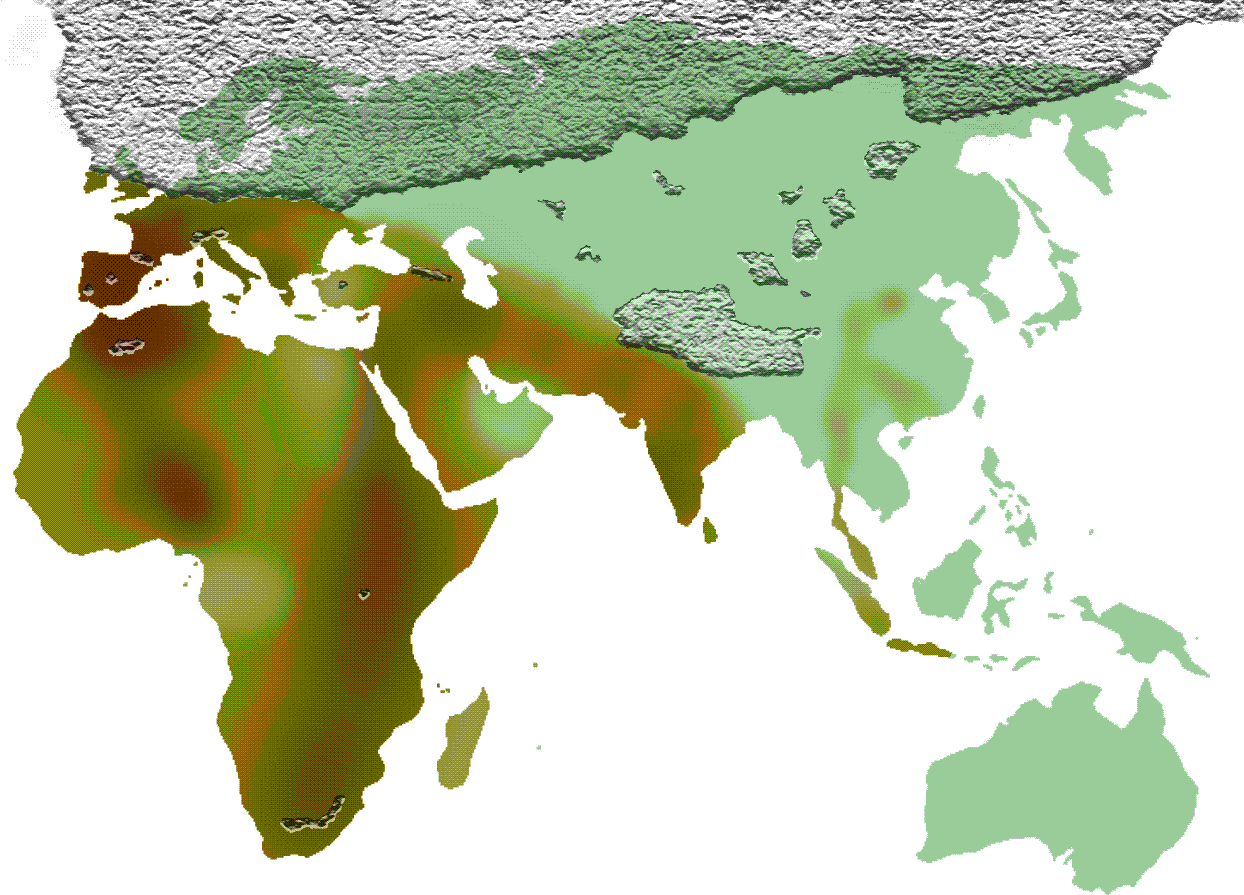|
Hallam Movius
Hallam Leonard Movius (November 28, 1907 – May 30, 1987) was an American archaeologist most famous for his work on the Palaeolithic period. Career He was born in Newton, Massachusetts and attended Harvard College, graduating in 1930. After receiving his PhD from Harvard and serving in the 12th Air Force in North Africa and Italy during World War II, he returned to Harvard and became a professor of archaeology there. Eventually he also became curator of Paleolithic Archaeology at Harvard's Peabody Museum of Archaeology and Ethnology. In 1948 he proposed the existence of a Movius Line dividing the Acheulean tool users of Europe, Africa and western Asia from the chopping tool industries of East Asia. He also studied the Perigordian and Aurignacian cultures of Palaeolithic France, excavating at the rock shelter of Abri Pataud in Les Eyzies (Dordogne) from 1958 to 1973. He married Nancy Champion de Crespigny (1910-2003), daughter of the Australian physician Sir Trent Champi ... [...More Info...] [...Related Items...] OR: [Wikipedia] [Google] [Baidu] |
Movius Line
The Movius Line is a theoretical line drawn across northern India first proposed by the American archaeologist Hallam L. Movius in 1948 to demonstrate a technological difference between the early prehistoric tool technologies of the east and west of the Old World. Movius had noticed that assemblages of palaeolithic stone tools from sites east of northern India never contained handaxes and tended to be characterized by less formal implements known as chopping tools. The most noticeable difference were the lack of Acheulean/Mode 2 tools in East Asia. These were sometimes as extensively worked as the Acheulean tools from further west but could not be described as true handaxes. Movius then drew a line on a map of India to show where the difference occurred, dividing the tools of Africa, Europe and Western and Southern Asia from those of Eastern and South-eastern Asia. Movius also proposed that the lack of Middle Paleolithic tools in East Asia could be due to a techno-cultural ... [...More Info...] [...Related Items...] OR: [Wikipedia] [Google] [Baidu] |
